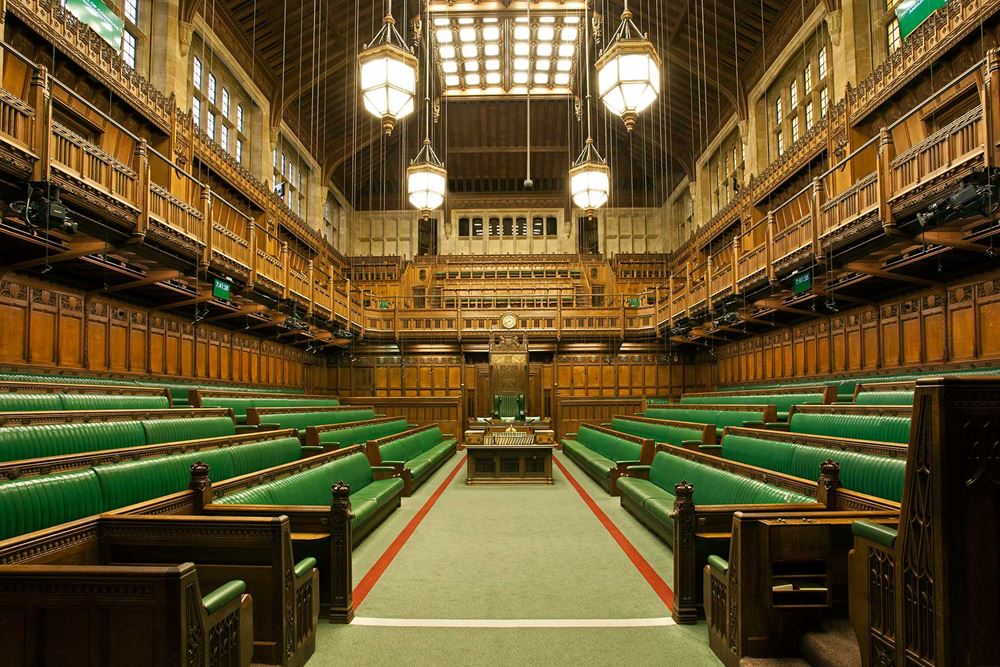I have received many emails from constituents who are worried about the environmental impact of HS2. However, it is the case that HS2 will play an important role in the UK’s transition to a net-zero carbon economy by 2050. I understand that HS2 will offer some of the lowest carbon emissions per passenger km, seven times less than passenger cars and 17 times less than domestic air travel in 2030. Indeed, HS2 is expected to help reduce the number of cars and lorries on the road and cut demand for domestic flights.
It is estimated that the total carbon emissions produced by both constructing and operating Phase One for 120 years would be the same as just one month of the UK’s road network.
I am also pleased that a green corridor will be created alongside the railway. This will involve the planting of seven million new trees and shrubs, including over 40 native species, along the Phase One route from London to the West Midlands.
There are approximately 52,000 ancient woodland sites across England, and of these, 43 will be affected by Phases One and 2a of HS2. It is worth noting that more than 80 per cent of the total area of these 43 sites will be untouched by HS2 and remain intact.
HS2 is using a combination of approaches to compensate for the ancient woodlands lost during construction. This includes translocation of soil to other woodlands to improve their biodiversity, planting new woodland and restoring existing ancient woodland.
The HS2 Woodland Fund – overseen by the Forestry Commission – funds projects to support the creation, restoration and enhancement of woodland on private land or in partnership with multiple landowners. I understand that the Government has committed £7 million to establishing this Fund, and that the first £1.6 million for Phase One has already been allocated to supporting approximately 115 hectares of new native woodland creation, and the restoration of around 160 hectares of of plantations within ancient woodland sites.
HS2 Ltd and its contractors are obliged to comply with all relevant legislation on nesting birds. Indeed, all birds, as well as their nests and eggs, are protected under the Wildlife and Countryside Act 1981 (as amended) and all HS2 vegetation clearance is accompanied by measures to prevent any breach of the law. When habitat clearances need to be undertaken during bird nesting season, these clearances are carried out in accordance with guidance from trained ecologists, in line with Natural England guidance.
A Working Method Statement is completed before clearance work starts and appropriate ecological supervision is also provided. Work can also only commence when an ecologist has finished a pre-commencement site survey and given a Permit to Clear. All work needs to be monitored by the on-site ecologist, and the ecologist can halt works if necessary.
Buffer Zones are implemented if breeding birds are present during works, to allow work to continue in the surrounding area.
It is welcome too that an overall £70 million funding package has also been made available to enhance community facilities, improve access to the countryside, and help improve road and cycle safety in towns and villages along the HS2 Phase One route.
